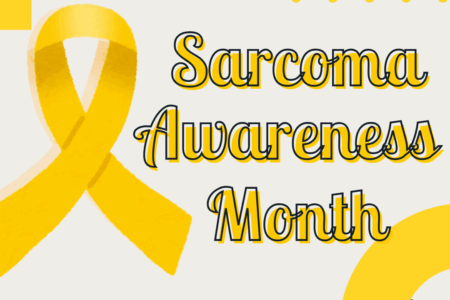
Share On Social!
Salud America! Guest Blogger
Jefferson Dental Clinics
Fewer than 1 in 3 people floss daily.
On top of that, the U.S. federal government recently made a controversial ruling to quietly remove flossing from its list of dietary guidelines, after having supported floss since 1979, due to mixed research results on the benefits of flossing.
We can all toss the floss, right?
Wrong.
Flossing remains an effective method to remove food particles and buildup from between the teeth, and help people reach the plaque where it does form between the teeth, said Dr. Leslie Renee Townsend, regional dental director for Jefferson Dental.
“Leaving particles and buildup trapped between the teeth is a quick route to developing decay and disease around the teeth and gums,” Townsend said.
Flossing and oral health care is especially important for Latinos.
More than half (51%) of Latinos have periodontitis, a condition that causes swelling, tenderness, bleeding and infection in the gums.
Aging Latinos face a rampant amount of missing teeth, according to a report conducted by the ADA last year; three-fourths of adults older than age 45 have at least one missing tooth.
That’s why flossing and brushing together is still the right way to go.
For example, Anthony Neely, chair of the University of Detroit Mercy’s periodentology and dental hygiene program, has told a patient flossing can’t reduce inflammation all by itself. But along with fluoride toothpaste, floss will take a significant bite out of the problem because it cleans out the areas between teeth that brushing can’t, he told the Detroit News.
Townsend agrees.
“Maintaining a good dental care routine is what can prevent oral health diseases and tooth loss,” Townsend said. “Brush, floss and rinse with mouthwash twice daily. And don’t forget to see your dentist for a professional exam and cleaning every six months.”
Go here for more dental care facts and resources.
Explore More:
AccessBy The Numbers
25.1
percent
of Latinos remain without health insurance coverage



